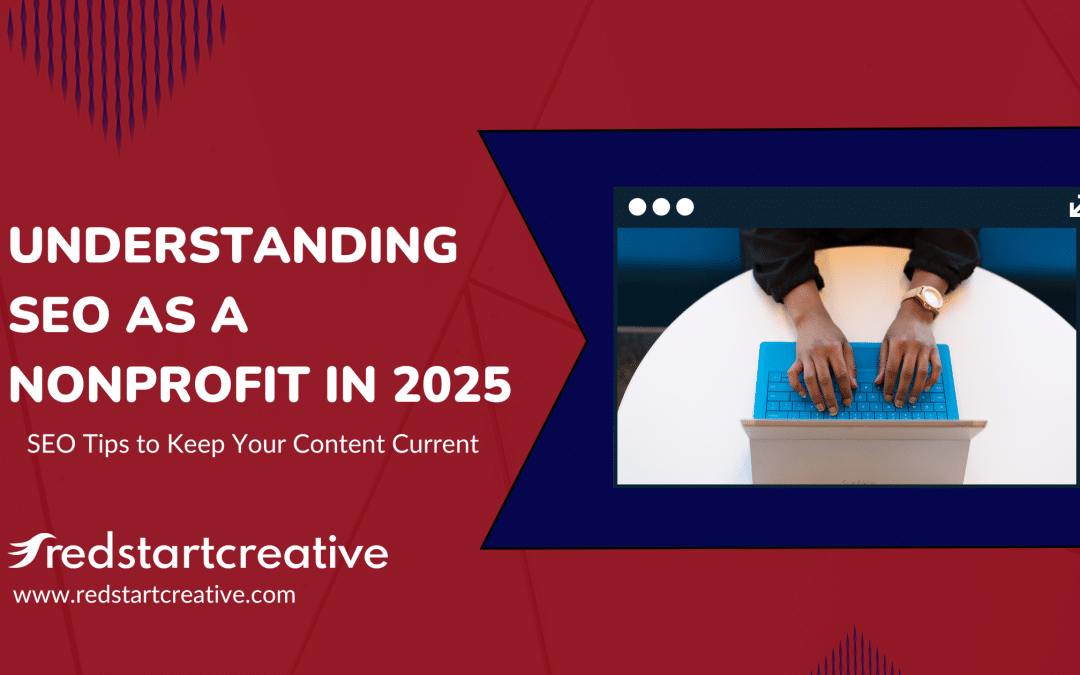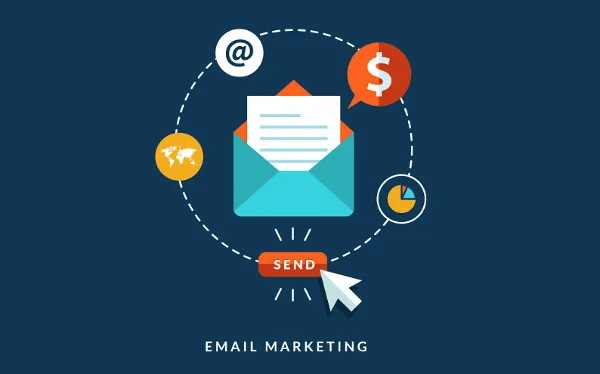Inclusivity and accessibility are two words that have been trending in recent years — and for good reason. As we’ve grown as a society, we’re starting to recognize that our differences are worth acknowledging, supporting, and celebrating! When we are intentional about inclusivity, we show our potential supporters that we are welcoming and accommodating to all members of society.
And the same holds true for the content we create — whether it’s for a website, a direct mailing piece, social media, or more. Here are a few areas to focus on as you integrate inclusivity into your writing and design:
Representation Matters
If you’re using images to represent a population, ask yourself: do the people in those images all look the same? For example, if you’re a community-based nonprofit serving a predominantly minority area, it might look a little tone-deaf to have images that only display white people. The same applies to the language you use. Your audience wants to see themselves reflected, both in images and words. If your language and graphics don’t represent them, why would they seek out your organization’s services?
Use Person-First Language
Writing inclusive content is all about putting the person first. For example, a disability is not who a person is — it’s something they have. An individual who is hard-of-hearing may not want to be referred to as a “hard-of-hearing person” — because the emphasis is now on their disability rather than who they are. Centering the person as an individual, rather than as a collective, reminds your reader that you recognize them as an individual and not just one of many.
Develop an Information Hierarchy
Simply put, an information hierarchy organizes the content on a page, so that the main concepts are easy to find and searchable. This can be in the form of headers, tabs or even a table of contents and can be applied not only to documents but to websites and emails as well. By using an information hierarchy on your site, for example, users and especially adaptive technology can interpret the main ideas of the content and easily find the information they’re looking for.
Be Descriptive
Along those same lines, make sure that you’re thinking not just about what’s there visually, but what might be there for someone using a screen reader or other adaptive device. A big one in this case is alt text — or a description of the image or graphic — which should be simple, descriptive, and clear. For example, if the image contains a chart or a graph, the alt text should include the data. If it is a photo or an illustration, use detailed language to describe the elements of the image.
It also applies to social media! Use voiceovers, narration, captions, and song lyrics in descriptors. Limit the number of emojis you use and try to save them for the end of the sentence so a screen reader doesn’t get hung up on reading emoji descriptions. Similarly, capitalize the first letter of each word in a hashtag so screen readers can recognize each word within a hashtag.
And when it comes to buttons and fields, make sure they’re clearly labeled and that they work. Tools using artificial intelligence may not “see” what we see and a call to action button that leads nowhere makes your entire user experience ineffective and puts a user off from connecting with you.
Take Advantage of Free Resources
Because designers and developers are always coming up with better ways to do things, it can be hard to stay abreast of the latest trends in inclusivity and accessibility. Fortunately, there are a number of free tools available that can help you check your content to ensure it meets your goals. The Web Accessibility Initiative has put together an extensive list of tools to help you evaluate your site. If that feels like too much, try AudioEye, which has a complimentary website accessibility checker.
This is only a starting point for your nonprofit organization to progress as an inclusive one and it’s a constantly evolving process, requiring dedication and a commitment to continuous improvement. Be open to feedback and hear out ideas for how you can make the experience better for your target audience. When people feel welcomed, they’re more likely to engage with you — and isn’t that what we all want at the end of the day?
Speaking of feedback, we’d love to hear from you! What would you like to see in future Redstart blogs? Send us a message and tell us!



